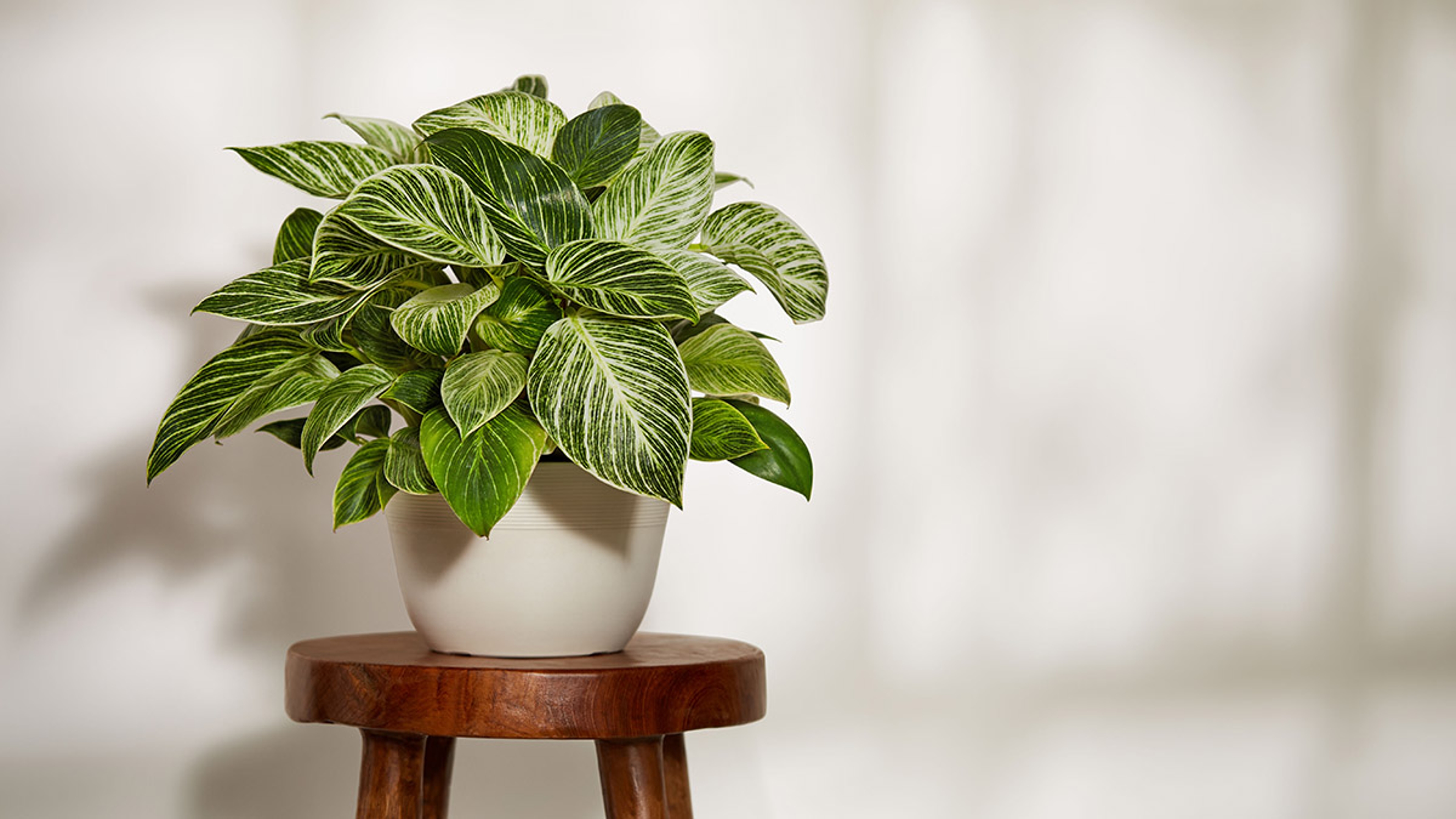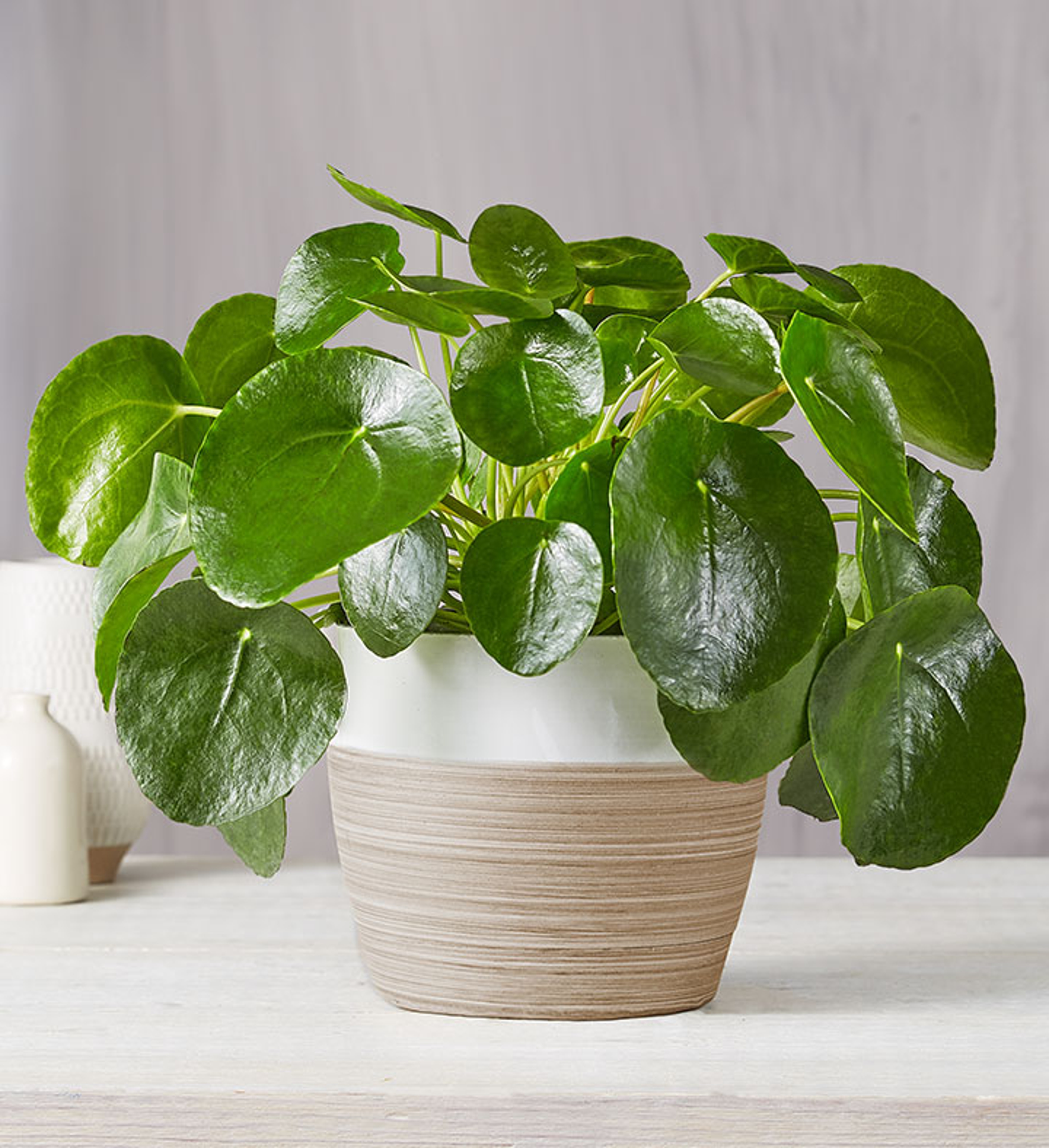Get Your Fill of the Philodendron, the 2024 Plant of the Year
Visually striking and easy to care for, this plant will inject life into any space and thrive just about anywhere you put it.
Dec 13, 2023
Maybe you're looking to add some color and life to a corner of your living room, bedroom, or kitchen. Or perhaps you want to bring a piece of the vibrant outdoors into your home office. Or maybe you're looking to recreate the beauty of the rainforest in a home setting or make a bold statement in a retail store or communal workplace.
Whatever the case, when you want a plant that's visually striking, easy to care for, and will thrive in almost any environment, you can do no better than the humble yet exquisite philodendron — the 1-800-Flowers.com 2024 Plant of the Year!
A beautiful, tropical climber
One of the most captivating plants around, the philodendron is beloved for its lush, glossy, heart-shaped leaves, lustrous green foliage, and graceful trailing vines. At home either climbing a trellis or moss-wrapped stake, or dangling from a hanging pot, philodendrons possess striking thick emerald and lime green leaves that remain bright all year-round and add an elegant and dynamic presence to any space they occupy.
A member of the Araceae (or Arum) family of plants — which also includes household favorites like the peace lily, Swiss cheese plant, caladium, calla lily, pothos, and monstera — philodendrons are native to the temperate, tropical rainforests in the West Indies, Africa, Asia, South America, and Australia. Yet while they may have gotten their start in these regions, philodendrons are now also commonly grown all over the world.
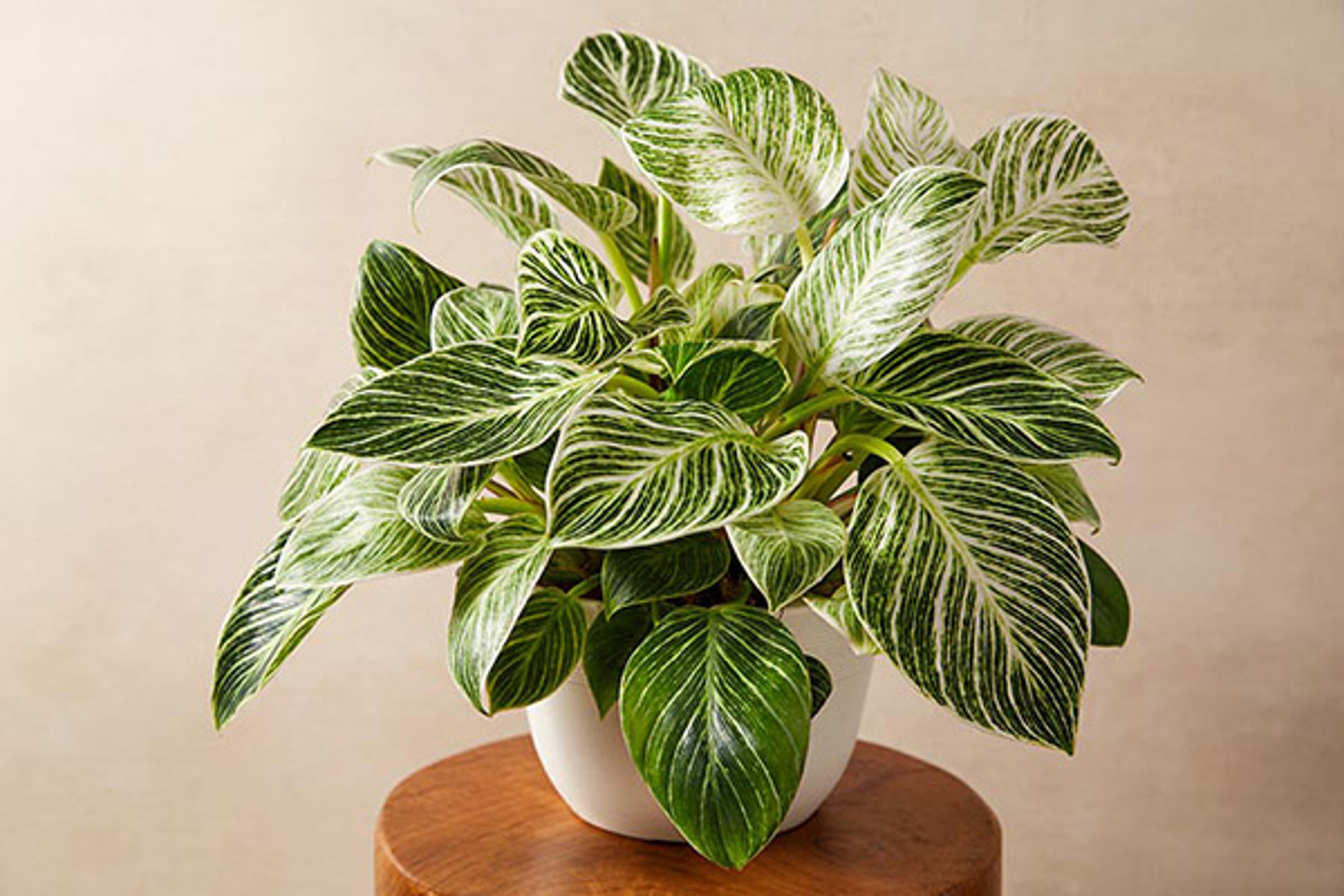
While hundreds of varieties of philodendrons exist, only a handful have been fully promoted to common houseplant status. These include the striking yet compact “blushing" philodendron; the multi-lobed philodendron pedantum; philodendron grazielae, which sports thick, perfectly heart-shaped leaves; philodendron Birkin, which features dark green leaves streaked with lighter shades of pale green and yellow; and the almost metallic-looking philodendron silver sword, a mighty climber requiring a post or other form of support on which to grow. (With its mottled pink and green leaves, the “pink princess" philodendron is another popular showstopper.)
A perfect plant for all experience levels
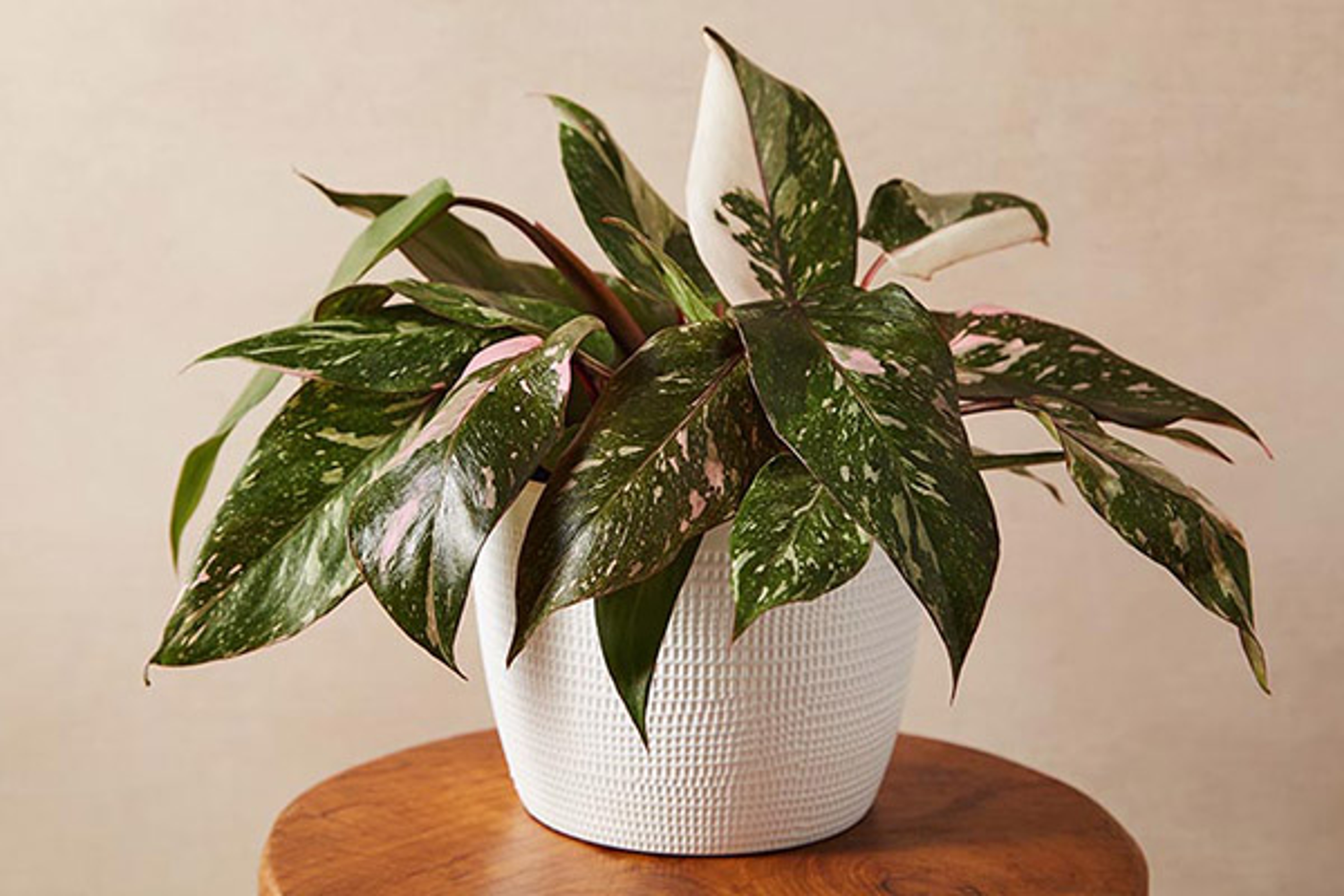
If you've ever struggled to grow a houseplant or cursed your lack of a “green thumb," then the philodendron is for you.
“One of the very best features of the plant is its low-maintenance nature, which makes it a very popular choice for beginner houseplant aficionados," says Alfred Palomares, vice president of merchandising at 1-800-Flowers.com and Resident Plant Dad.
“A successful, flourishing philodendron is so easy to grow that it can survive for many years with proper care," he says. “They're considered an easy-care plant, provided they are in low or indirect light and are not over-watered. The only thing your plant may eventually need is re-potting, when you see the roots growing out of the bottom or it starts to become root bound."
In fact, its hardy, easy-to-rear nature is one of the plant's most redeeming features, says Kevin Cochran, vice president of procurement for 1-800-Flowers.com. Cochran says that because philodendrons are used to living underneath the canopy of trees in Central and South America, they make an incredibly durable, low-light plant for inside the house.
“They could almost survive in a closet," he says with a laugh.
A 'lover' of trees
First described by researchers and scientists in the mid-1600s, the philodendron wasn't given an official name until about 200 years later, when a group of botanists coined its official designation. The plant's name derives from the Greek word "philo," which means "love" or "affection," and "dendron," which translates to "tree." In other words, the philodendron literally means “tree lover" or “tree hugger" because the plant is so fond of climbing or “embracing" trees in its native jungle home.
This fondness for climbing and growing in places other than dirt, Cochran says, is also why philodendrons are considered “epiphytic." That means that, in addition to growing like a traditional plant in loose topsoil, philodendrons can also grow disconnected from the soil, attached to another structure — like a tree or wall — for support. When philodendrons grow in this way, they get their nutrients and water from rainfall as well as leftover organic remnants pulled from whatever they're growing on — truly remarkable!
Blooming with symbolism
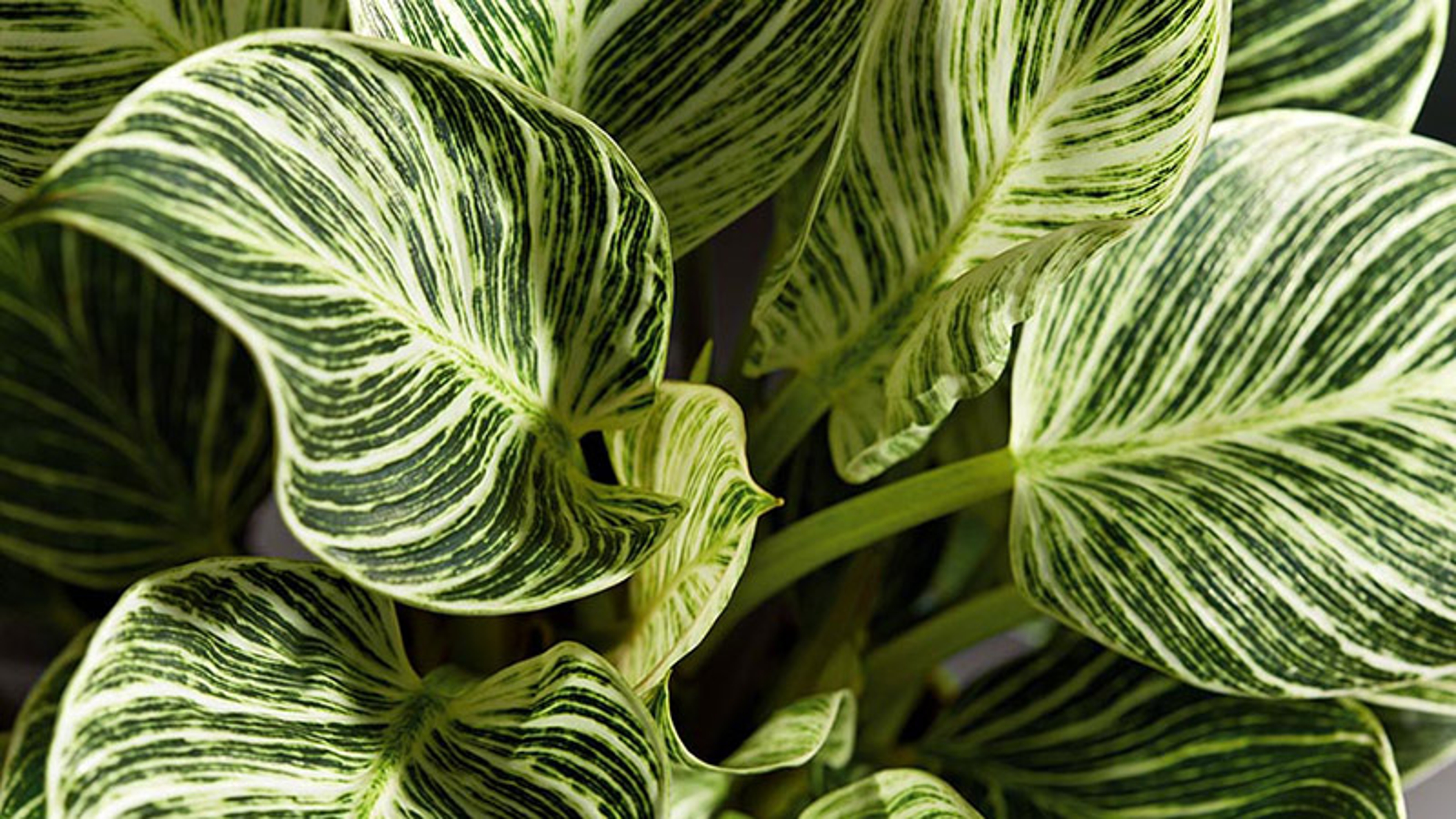
The philodendron has been ascribed many different meanings and aspects of cultural significance over the years. The plants are a classic symbol of nature, growth, and renewal. With their romantic, heart-shaped leaves, philodendrons can also represent the notion of appreciation and love, as well as kindness and openness. And in many cultures, the bright leaves of the plant are also often seen as symbols of peace, growth, and joy, and are used to promote emotional healing for those who might be feeling down or have suffered a loss.
Philodendrons have also been a muse for many well-known artists over the years. Pablo Picasso includes the vining plant in his sculpture "Woman in the Garden" as well as paintings like "Nude, Green Leaves and Bust." He is just one of a number of artists to become enamored with the charms and wonders the philodendron has to offer.
Grown in the U.S.A.
For many years, growers from Mexico and Latin America would bring philodendrons across the border and sell them at flea markets and roadside stands throughout the Southwestern United States, Cochran says.
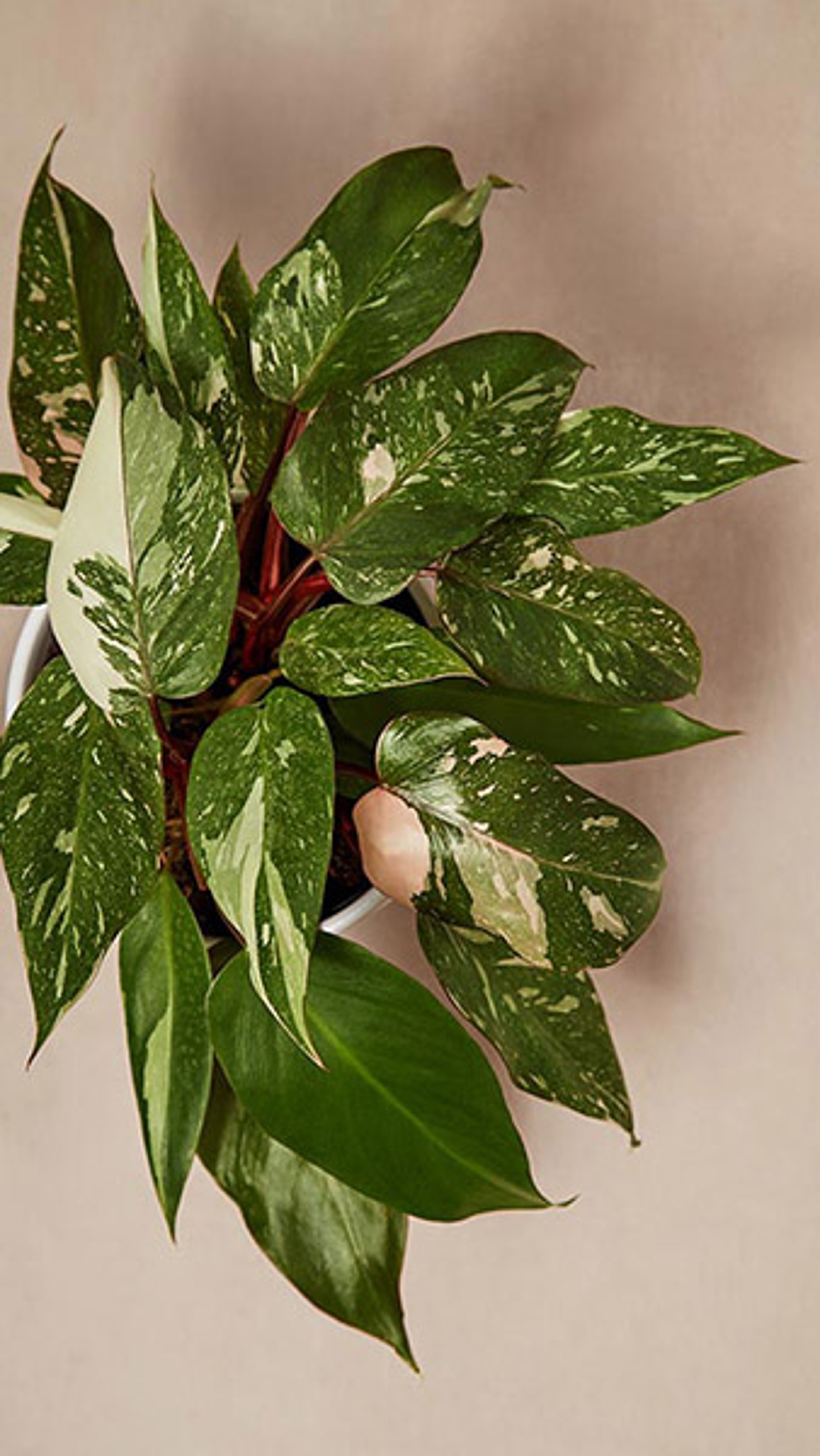
Those days, however, are long gone. Today, most philodendrons sold in the U.S. — including those available from 1-800-Flowers.com — are grown in America, he says. These plants tend to be about four to six months old and are propagated through cuttings, not seeds. This technique helps to ensure the plants are all strong and healthy, and feature the most lush and visually striking leaves and coloring possible.
“Most of our philodendrons are grown in greenhouse environments in either central Florida or California, with a few additional plants coming from Canada's Niagara region, including St. Catharines, a city just over the border," he adds. “Because they're grown in greenhouses, we can produce all year-round — and we get amazing plants wherever they're grown!"
Care and maintenance
Whether you're a houseplant newbie or an old pro, the philodendron makes an easy companion for anyone who chooses to adopt one.
“They're really a 'water once a week' kind of plant," Cochran says. “They're exceptionally hard to kill."
Palomares agrees, adding, “Philodendrons will grow in low light, but they will flourish in bright indirect light."
His advice for the most beautiful plants possible: “Avoid direct sunlight; it can brn the leaves of the plant. Don't over-water, or you can drown the plant. And check the soil of your philodendron weekly with a finger test: If the soil is dry, it needs water, but if the soil is wet, hold off on watering until the following week.
"Finally, if you change the level of sun on the plant, re-check the soil during your weekly watering. Remember that more sun means greater absorption of water."
Master these few simple and easy-to-follow rules and you'll have a philodendron that thrives for years to come, brightening your day — and the space you live in — like nothing else quite can.


